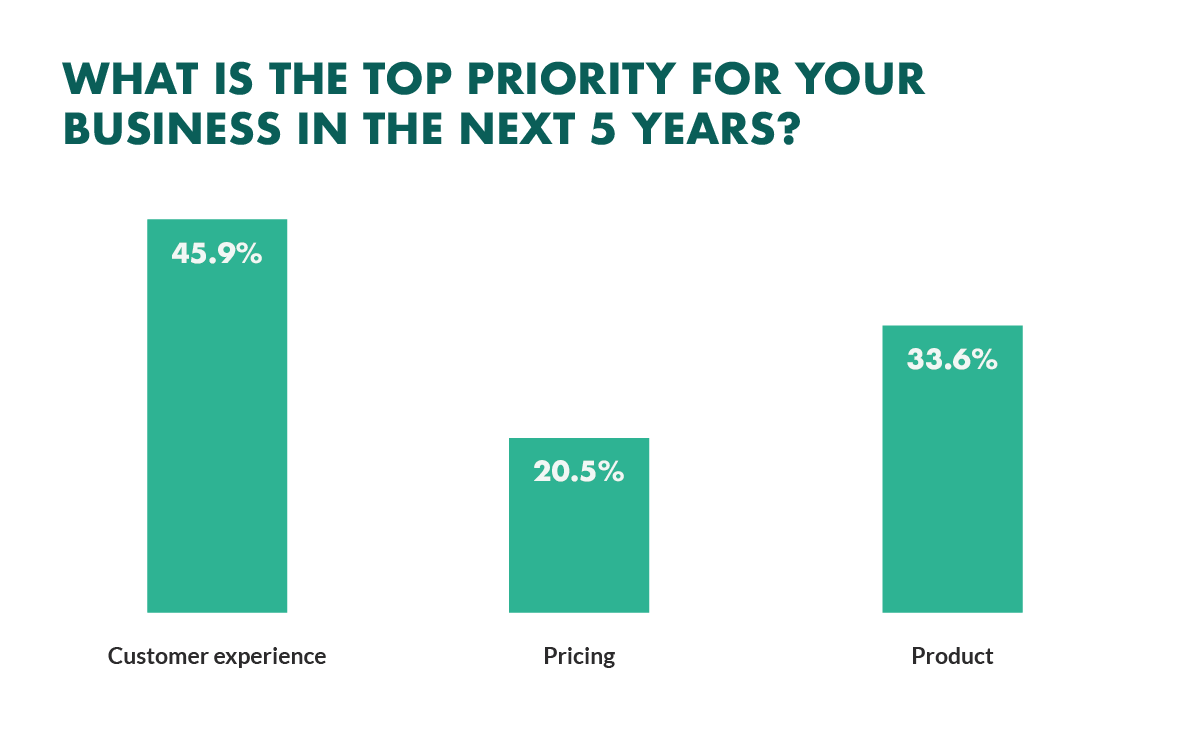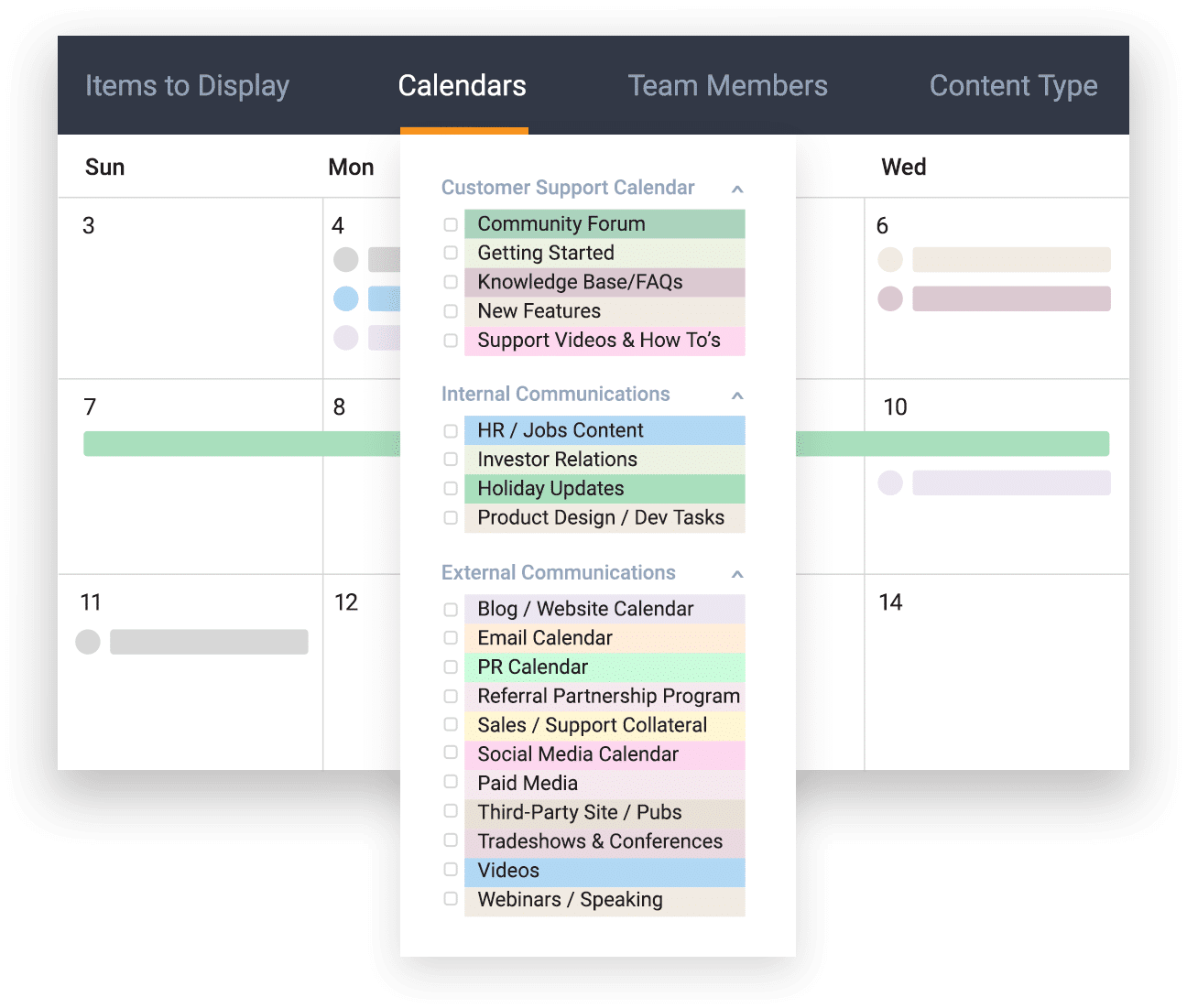Collaboration between marketing and sales teams is one of the critical ways in which many businesses are seeing success today. In fact, 87% of sales and marketing leaders say that this collaboration enables critical business growth.
While both teams have their distinct roles, they share a common goal—to grow the company’s customer base and drive revenue. However, to make this happen, they must adapt to ever-changing customer expectations.
Marketers and salespeople should work closely together to develop strategies that can help them connect with their target audience. Of course, finding the right strategy can be tricky.
In a digital world, content marketing is on the rise, mainly because more and more people are spending time online and consuming information on different platforms. As of January 2021, Statista recorded a total of 4.66 billion active internet users worldwide.
This opens up a massive opportunity for businesses to stay engaged with their existing customers and attract new ones. But how can you capture their attention and get them interested in your brand?
Here’s the answer: create customer-centric content.
What is Customer-centric Content?
This type of content puts your customers in the spotlight. It aims to address their needs, help resolve their problems, and show how much your business is committed to giving them the best customer experience.
A survey by SuperOffice revealed that the top priority of business professionals in the next five years is customer experience (CX), beating out product and pricing. This means that what makes customers loyal to a brand is their positive experiences.
That’s why your sales and marketing efforts should focus on fully understanding your customers—their desires, motivations, needs, and behavior. Once you learn how they feel, think, and act, you’ll be able to produce quality customer-centric content.
Using this content strategy has shown great success as customer-centric companies are 60% more profitable than those who aren’t, according to Deloitte research.
For marketing professionals, this winning strategy doesn’t mean that you just need to create a massive amount of content assets. Ideally, your marketing team produces content that your sales counterparts will benefit from.
Unfortunately, in reality, sales teams don’t use 80% of the content created by marketing teams. If you want to maximize all of your resources, keep both teams aligned.
How to Develop a Customer-centric Content Strategy
When creating a piece of content, keep in mind that giving value to your customers is your priority. You have to provide useful information, which can lead them to make good purchasing decisions.
Doing so will build trust and credibility with your target market. Take note that it’s different from the product-centric approach where you heavily highlight features to attract potential buyers.
If you don’t know where to start, here are some tips to guide you through your content development process.
Measure Customer Lifetime Value
Customer lifetime value is the expected worth of a specific buyer to a business in the entire duration of the relationship. This metric is used for customer segmentation to help you identify the customers who matter to you the most.
Customers with high lifetime value are loyal to your brand, and you want to keep them that way. After all, studies show that if you increase the retention rate by five percent, you can boost your profits by 25% to 95%.
Knowing your best customers gives you a solid foundation and puts you on the right track to creating customer-focused content.
Establish Your Brand Voice
To connect with your customers and prospects, you should communicate with them in a language they can understand. Keep your words simple, and cut the jargon.
For example, your brand voice can either be friendly or authoritative. If you choose to have a conversational tone, make sure that you use it consistently across all types of content marketing materials.
Brand voice matters because it’s how your customers will remember you and identify your personality.
The Sprout Social Index pointed out some of the reasons why some brands stood out more than others. Based on the survey results, 40% of consumers answered that “memorable content” was the most important, while 33% remembered a brand’s “distinct personality”.
If you want your content to resonate with your target audience and engage them, establish a brand voice and stick with it.
Coordinate With Your Chief Customer Officer
The role of a Chief Customer Officer (CCO) is to oversee the entire customer relationship. Their job requires understanding the customers better and be their voice in the company.
According to Gartner, nearly 90% of organizations now have a CCO. This means that more and more businesses are showing their commitment to improve customer experience.
Your CCO has a comprehensive view of how your customers interact with your brand, including the good and bad aspects. Their insights are highly valuable, so you should incorporate them into your content strategy.
Interview Your Customers and Ask for Video Content
Of course, you should hear feedback directly from your customers. You can set up an interview with a small group of customers who best represents your target market.
You can come up with content ideas based on the specific words they use during the discussion, so listen closely. You can also ask them to post their product reviews online.
And if possible, record a video of themselves expressing the benefits they gained from using your brand. User-generated content (UGC) shows authenticity because it lets your customers speak for themselves and share how your products made their lives better.
According to recent studies, UGC has a bigger impact on consumers’ purchasing decisions compared to traditional ads and other promotional materials.
Prepare a Content Distribution Plan
Marketers produce different types of content—ebooks, whitepapers, podcasts, infographics, blogs, videos, webinars, and more. If you want to reach the right target audience for every piece of content, you have to publish and promote it on the right platform.
Facebook, Twitter, Instagram, LinkedIn, and YouTube are some of the content distribution channels you can use. Take note that active users on each social media site have different demographics.
For example, if you’re targeting to generate more B2B leads, promote your content on LinkedIn.
An effective content distribution plan involves matching the right content to the right platform. Having a content calendar is important to keep track of all published and unpublished resources.
To streamline the process, it’s recommended that you use content management workflow software like DivvyHQ. Sales and marketing team members can use this tool to view the shared calendar, search content assets, track content performance, and more for better collaboration, production, and customer engagement.
How to Improve Sales and Marketing Alignment
As mentioned earlier, sales and marketing alignment is crucial for business success. To work together effectively, here are a few things that can be implemented:
- Set up regular alignment meetings – Leverage a video meeting app to hold regular discussions with both marketing and sales stakeholders. Compared to in-person meetings, the online setup gives you the flexibility to invite more participants and let them join the meeting using any device, anytime from wherever they are.
- Implement lead scoring – This process helps marketers and salespeople get on the same page and reduce friction points. It creates alignment around what characteristics constitute a qualified lead, making it easier and faster for sales people to convert prospects into customers. It also guides marketers in running and prioritizing the most relevant campaigns and content assets.
Sales and marketing collaboration is a long-term strategy with long-term benefits. When done right, here are some of the positive outcomes that you can look forward to:
- Stronger customer relationships
- Enhanced customer experience
- Higher customer retention rate
- Increased revenue
- Better content marketing materials
Conclusion
Today’s consumers live in an era of information overload. To catch their attention and prevent them from going to your competitors, you need an effective content strategy.
Creating customer-centric content puts you at an advantage because it’s personalized and reflects how much you care about your customers.
If you want to further simplify your content planning process, DivvyHQ can help you. Start a free trial today and explore all of the features a leading content marketing platform has to offer.



